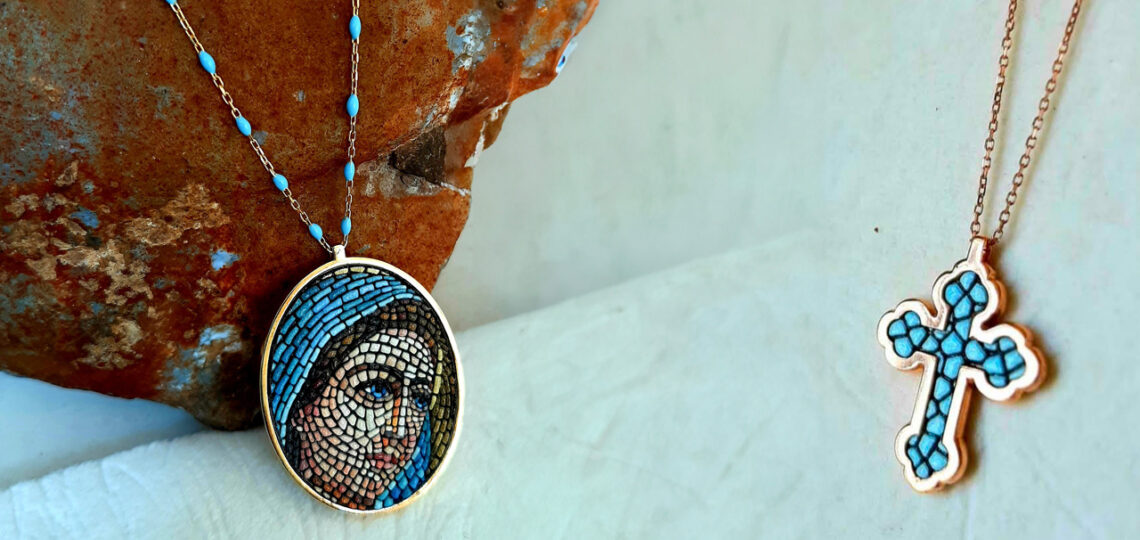
The Significance of Mosaic Art in Christianity
In the history of Christianity, mosaic art holds great importance and has been widely utilized in adorning churches, basilicas, and other religious structures. Mosaic art emerged as an effective means of conveying Christian beliefs, sacred stories, and religious symbols.
- Theological Expression: Mosaic art has played a powerful role in narrating and visualizing Christian theology. Mosaics adorning the domes and walls of churches narrate significant events such as the life, miracles, crucifixion, and resurrection of Jesus, providing believers with theological education.
- Integration with Church Architecture: Christian churches have embraced mosaic art as an integral part of their architectural design. Adorning domes, apses, and walls with colorful mosaics contributes to emphasizing the religious meanings of these spaces. This not only enhances the physical aspects of worship places but also enriches them as emotional and spiritual experiences.
- Iconography and Representation of Saints: Christian mosaic art incorporates symbolic representations of saints and religious figures. This allows believers to establish a connection with their religious leaders and provides an opportunity to emulate them. The depiction of saints and sacred figures in mosaics contributes to deepening the experience of worship.
- Use of Religious Symbols: Mosaic art has been employed to internalize and convey Christian symbols. Symbols such as the cross, dove, and fish are commonly found in mosaics, reinforcing faith and serving as reminders of religious teachings.
- Enrichment of Liturgical Environment: Mosaics enhance the liturgical atmosphere within the church. The use of colored stones and glass pieces contributes to transforming worship into not only a verbal but also a visual experience. This can help the congregation focus more on religious rituals.
The significance of mosaic art in Christianity lies in enriching the religious experience for believers, narrating theology through a visual language, and deepening the atmosphere within the church. Over time, mosaics have preserved the religious heritage and teachings in many Christian places of worship.
